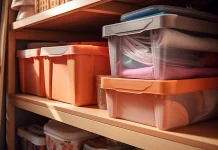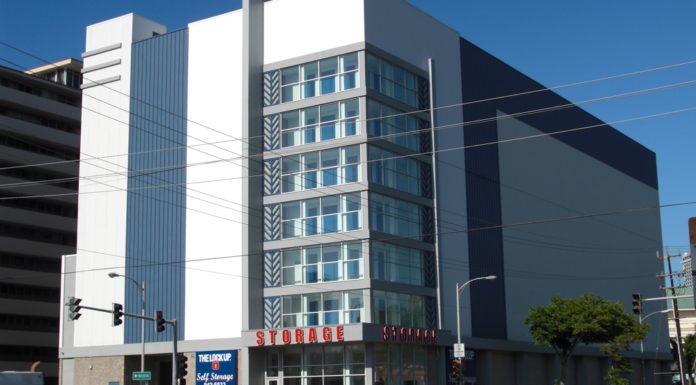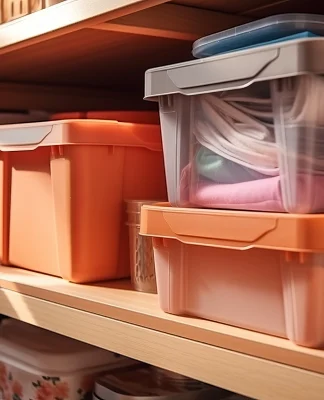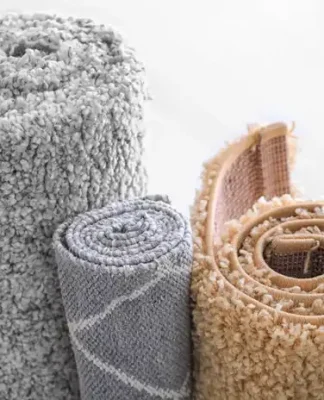Are you planning on making the move to a metropolitan area? Well, life in the big city is very different from suburban or country life in many ways. The accessibility and convenience of city living can’t be beat. You don’t have to drive for miles to pick up a gallon of milk, you can often walk a block and get most of whatever you need. But in exchange for such convenience, there is a tradeoff with regards to your living space. With so many people concentrated in a small area, living spaces are often more compact than what you may be used to. Living and thriving in a city requires a different mindset that emphasizes purposeful living. Since there’s not much room for clutter in a city apartment or loft, everything must have a purpose and a place. This makes life more orderly and that’s what you need when dealing with a small space so that you don’t get overwhelmed. But not to fret, with a little planning and creative thinking, you can create the ultimate city dwelling to call home sweet home.
Small spaces, while limited in some ways, have a lot of benefits. For example, utilities like power and gas will be much lower than larger spaces, small homes are easier to maintain, and they prevent you from collecting too much clutter, therefore making you a more conscientious shopper because you’ll tend to only buy what you need. Plus, they can be made to be a cozy place that serves as a sanctuary and escape from the busy pace of a city.
The Hunt
Finding the perfect place to nest in can take some time, but if you have a clear idea of what you want, you can make quick work of it. An apartment or loft that has the right “bones” as they say, will provide the perfect backdrop to your new city life. Look for spaces that have a few key elements and the rest will come easy.
High ceilings create a sense of more space and the extra wall space can be used creatively to create storage for items that you don’t need on a daily basis. Lots of windows will also open up a space. Try to find a place with windows that have a view of the outdoors…if you can’t have extra space, you can at least have a pretty view to gaze upon. South facing windows are a plus as you’ll get tons of natural light which will boost your mood.
Many buildings have a communal laundry room, but an even better option is to try to find a place that has compact stackable laundry machines in the unit. They can fit into tiny spaces and then you’ll have one of the most important creature comforts right in your own home.
If you luck out and find an apartment with a balcony, it can serve as a seasonal extra room for you to stretch out, catch some rays and fresh air, and even grow an urban garden. Not able to find a place with a balcony? You can still keep a little bit of nature close by securing a window box for flowers or herbs on the outside or even inside sill of one of your windows.
Choosing an apartment that is close to public transportation will make navigating your new city a breeze. Proximity to good restaurants, coffee spots, grocery and shopping will help to create your sense of new community.
The Right Stuff
There’s no need to be daunted by trying to acclimate to living in a small space because there are lots of design ideas that already exist. Let’s start with furniture. Many furniture designers and stores have entire collections dedicated to small space living. Such furniture is often a little smaller in design, does double duty, provides extra storage space, or collapses to save space. Examples would be a smaller bistro table set for an eat in kitchen, or you might opt for a loveseat instead of a seven foot long sofa. Choosing a convertible sofa that can serve as a bed for a houseguest or a buffet that serves as a bar for entertaining can save a lot of space and provide extra functionality for you. Ottomans with lids can serve as a coffee table with extra storage inside, decorative folding wall screens can provide privacy or define a space, while nesting coffee tables save space when not in use. There are even beds called Murphy beds, that fold up into a wall so that you can convert your bedroom into an open space that you can use for your yoga practice.
The way you decorate can also have a big impact on a small space. Stay away from using dark colors on walls as they can make a space feel small and suffocating. Instead, opt for bright neutral colors on walls that will keep the space feeling light & airy. Large mirrors placed on walls will create the illusion that your space is larger than it is. Plus, they bounce extra light around, so they’re great for small places that don’t get a lot of natural light.
Some simple ideas that help organize small spaces include using behind the door hooks. Place them in bathrooms for towels, use them in bedrooms for robes, belts, or the jeans you want to wear again. Putting garbage cans inside the cabinet under the kitchen sink is helpful too, as it’s convenient when cooking, doesn’t’ take up any floor space and can help keep odors under control.
Converting closets into living space is a popular tactic as well. It may seem counterintuitive to not use closets as storage at first. But remember that small space living requires a different mindset where every inch, every space has a specific purpose. No space is considered wasted. Many people opt to use a small closet as a home office. Place a small desk inside and shelving on the walls to replicate a mini cubicle. The bonus is that when you finish your work, you can close the door so that your home is a home again. Other creative uses of closets are to make cozy reading nook, or transform it into a baby changing station. As baby grows, the closet can then return to its original purpose.
Another creative solution is to place a tall console table behind your sofa with chairs tucked in. This can serve as makeshift dining room table where lots of activities usually happen such as crafting, coffee talk, homework, or eating meals while watching tv.
Make It Your Own
If you’re buying your new apartment, condo or loft, you might be more willing to make some bigger changes to it than if you are renting. There are some easy home modifications that will help your new home feel more organized and livable.
Simple DIY changes such as mounting floating shelves can really change a space. Use shelves in bathrooms and kitchens for organizing items, or in living rooms to display knick knacks and books. Corners are often ignored and walked by. But with a few floating shelves, they can serve as a curio collection display. A corner shelf mounted on the wall can also serve as a bedside table if your room is tight on space.
Curtains are for more than just windows…they can work as walls too. Curtains add an element of color to any decor that can be easily changed, plus, when used correctly, they provide the functionality of creating a separate space. Mount decorative curtain rods across a room or doorway and use curtains with grommet tops so that they’ll slide open and closed easily. This design element can separate living from sleeping areas, work from living areas, or divide a kid’s room. It can also help to keep a space warmer or cooler if you use thermally insulated curtain panels.
A larger job such as removing overhead kitchen cabinets in favor of shelving for your pantry items, dishes and glasses can create a more open feeling and cut down on space wasting cabinet doors. All your items are visible, so you’ll be more inclined to keep them tidy and using matching sets for your dish and glassware can make for a pleasing visual aesthetic.
A dishwasher that’s hidden with custom cabinetry is a way to have a modern luxury while maintaining a clean look which makes a small kitchen feel more unified, less disjointed.
Another helpful change to your space would be to build a small storage closet into an existing wall in between the studs. This is a perfect place to store unsightly items like brooms, mops and cleaning supplies. You must use an interior wall as exterior walls are meant for insulation, and be sure the wall is clear of any air ducts or electrical wires. Space between studs typically measures 14.5 inches wide and 3.5 -4.25 inches deep, not a huge storage area, but every inch counts in a small living space.
Self Storage To The Rescue
Of course, you probably have items that simply cannot fit into your small city apartment or loft no matter how crafty you get. Seasonal playthings like beach toys (boogie boards, paddle boards, picnic baskets or coolers), or holiday decorations take up a lot of space and are not needed very often, so you certainly don’t want them cluttering up your limited living area. Check to see if the building has additional storage available in the basement. Some buildings have small storage units for tenants. If that’s not an option, you can always visit www.thelockup.com and easily secure an affordable self storage unit.



















